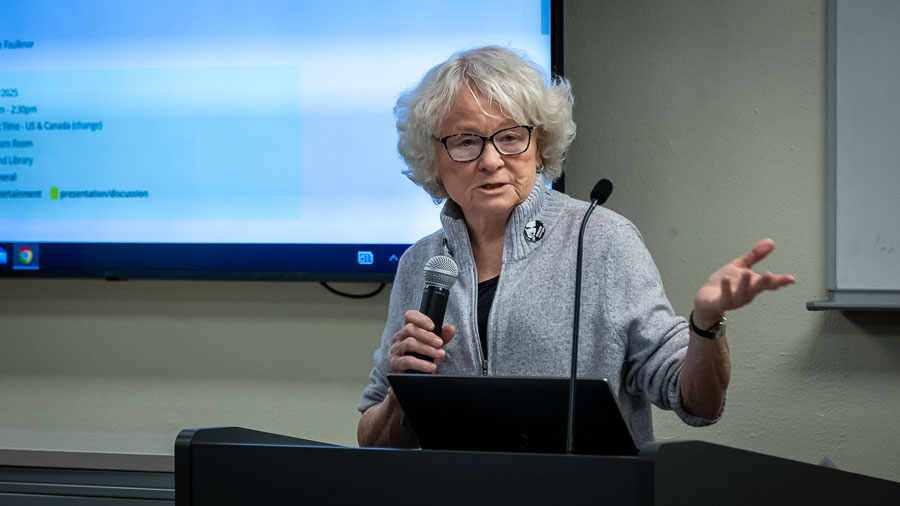OUR VIEW: Yes, ‘something’ is being done as valley confronts homelessness
Published 5:15 am Tuesday, September 26, 2023

- OUR VIEW LOGO (NEW)
When we — citizens, public officials, members of the media — say again and again that “something needs to be done about the homeless,” there comes with that a distinction between what we think we want, and what’s actually possible.
Most of us, and here we’re talking about the public and the media, don’t have to worry much about the nitty-gritty. We wish our community’s quality of life will improve, and if those who are without homes are helped along the way, so much the better.
For public officials, law enforcement and the legal system, health care providers, and nonprofit agencies who are the front lines of this seemingly never-ending quagmire of an issue it’s not as simple as wishing it away.
Consider, for instance, the decision made last week by Medford City Council to “do something” — as it set boundary restrictions on public camping.
Yes, it will over time move overnight campers farther away from sensitive areas such as schools, churches and open waterways. In doing so, however, those who take refuge in such areas will simply move somewhere else — potentially creating another situation requiring another set of city restrictions down the road.
At a moment where the city of Grants Pass is asking the U.S. Supreme Court to rule on the hotly contested complete ban on overnight camping in certain areas, Medford’s action was a logical, if uncomfortable step toward a compromise.
Council member Sarah Spansail, the lone vote against the ban at Thursday’s meeting, spoke to that unease when she noted that the map showing the new buffer zones did not feature those areas already off-limits.
“I guess that would encourage us,” she said, “to make a more comprehensive map.”
Therein, of course, lies the problem. While the city, Jackson County and various agencies work to alleviate one portion of the homeless situation by providing housing, shelters and other care centers, not all the current homeless will be able to take advantage of those options.
And some — as much as it pains us to accept — wouldn’t do so, even if they could.
“Something,” many somethings, are being done locally.
The completion of turning the former Redwood Inn into a family and medical-recovery shelter, born out of the state’s Project Turnkey grant program, is on course toward completion.
In Ashland, the city took possession of a building with plans to convert it to shelter use for the duration of an emergency period set by Gov. Tina Kotek — a plan, however, that already has sparked concerns by neighbors of the property.
Earlier this month, ACCESS — the county’s community action agency — detailed the efforts of the Continuum of Care to take $8.8 million in state funding to work with families facing eviction, add to the availability of shelter beds and establish lines of communication with members of the unhoused population.
“The impact that we can have on individuals,” Melanie Doshier, support services director for ACCESS, “and the ability to engage when individuals are ready to engage with services has been really wonderful.”
“Doing something” about homelessness is a huge, multifaceted undertaking — especially here in Jackson County where, exacerbated by the Almeda Fire, the unhoused population has shot up 130% since 2017.
So, while a targeted camping ban that creates 500-foot buffer zones around at-risk areas can appear at first glance to some as taking one problem and just moving it somewhere else, it shouldn’t be thought of as happening in a vacuum.
In this case, taking two steps forward and one step back is still heading in the right direction.










